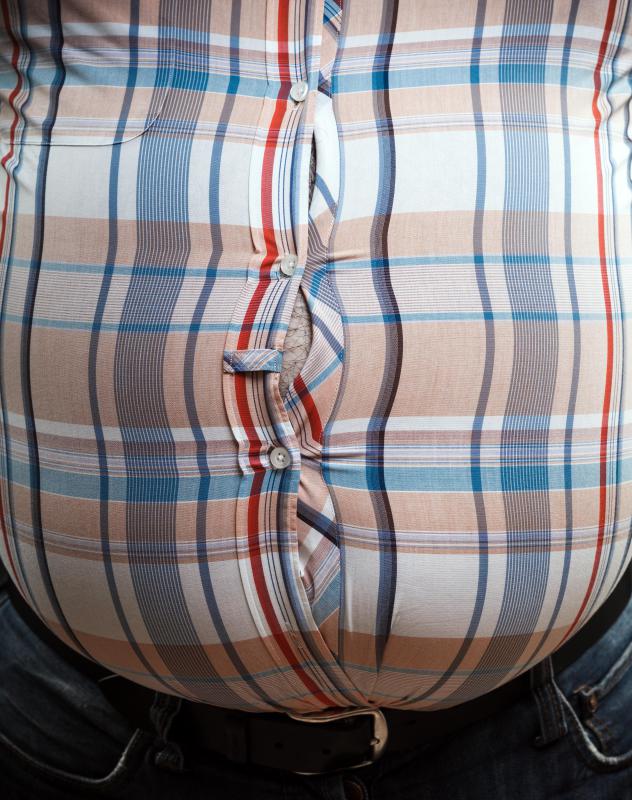At HomeQuestionsAnswered, we're committed to delivering accurate, trustworthy information. Our expert-authored content is rigorously fact-checked and sourced from credible authorities. Discover how we uphold the highest standards in providing you with reliable knowledge.
What is a Gusset?
Sometimes, a dress or shirt almost fits, but not quite. If the owner don't want to throw it out, he or she can put in a gusset. This is a piece of material added between the side seams of a garment in order to enlarge it.
A gusset is not difficult to sew, as long as material can be found to match the garment. In general, 0.5 yard (50 centimeters) of material is sufficient. The material should match the original fabric as closely as possible in order to disguise the alteration.

The first step in making a gusset is to fit the garment and measure how wide the "gap" is between the edges of material. The sewer should then plan to add fabric on each side of the garment half that width, adding a seam allowance. This additional material must be put in on both sides of a garment, if it is to go on the side seams. Some gussets may go in the back seam, in which case only one is needed.

The sewer then cuts two rectangles of the fabric in the proper width and length and sets them aside. He or she then takes the garment, and using a seam ripper, takes out the stitching in the seam where the gusset is to be placed. The sewer should take out enough stitching to fit the additional fabric comfortably.
For a simple side seam, the sewer then turns the garment inside out, places the new fabric on the seam opening and fits the raw edges together. The material should face right side down. The sewer can then pin the fabric in place, marking the beginning, the end, and the seam allowances.

The gusset should be basted in place into the garment, and then the garment should be fitted again. If it fits correctly, the sewer can stitch the fabric in place, trimming the top and bottom and tapering it if necessary. The seam allowances can then be pressed open and trimmed or zig-zag stitched so they will not unravel. Knowing how to expand the side of garment can help extend the useful life of the item.
AS FEATURED ON:
AS FEATURED ON:













Discussion Comments
If you did it like that, the armholes would be too big for the sleeves.
I would think it would be really hard to find fabric to match your garment exactly, particularly if it was several years old and you had washed it hundreds of times. The material would be faded.
I suppose if it were a garment that you only wore on special occasions, it would be more likely that you could find fabric to match. The best scenario would be if you had made the garment yourself and you had leftover fabric in your house.
Post your comments